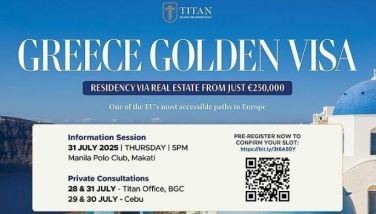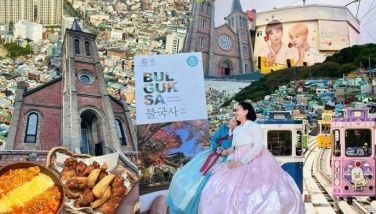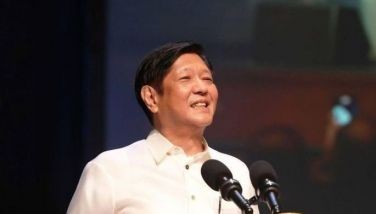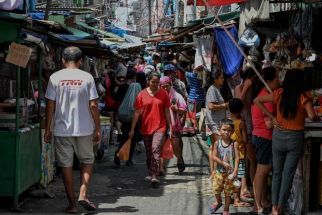Freemasonry building good character of men
MANILA, Philippines - From a handful of Filipino men who banded together in 18th century Spain to fight for freedom, masonry in the Philippines now has an estimated 25,000 members, almost all of them wielding considerable influence in society.
In the last hundred years, the Grand Lodge of Free and Accepted Masons of the Philippines (GLP) was able to produce four presidents of the Republic, two prime ministers, three chief justices, four top educators, and five military leaders.
The honor roll includes Presidents Emilio Aguinaldo, Manuel Quezon, Jose Laurel, and Manuel Roxas; prime ministers Apolinario Mabini and Cesar Virata; chief justices Jose Abad Santos, Manuel Moran, and Reynato Puno; educators Rafael Palma, Conrado Benitez, Carlito Puno and Manuel Agulto; and military generals Douglas MacArthur, Vicente Lukban, Hermogenes Ebdane, Avelino Razon, and Voltaire Gazmin.
Before the GLP was officially constituted in 1912, its most influential members were Jose Rizal, Marcelo del Pilar, Andres Bonifacio, and Graciano Lopez Jaena – four national heroes that changed the course of Philippine history.
Indeed, freemasonry teaches moral and ethical lessons of the principles of brotherhood, relief and truth.
“We build good character of men. That’s the foremost aim of masonry,” said GLP Grand Master Santiago Gabionza Jr. during his group’s visit to The STAR the other day.
“We want to hone men of strongest character, so they can lead. Our guiding weapon: Love for God and country,” explained Gabionza.
For his part, former GLP grand master and chief justice Puno said that freemasonry promotes “goodness in the hearts of men.”
“Goodness in men is the greatest legacy freemasons can give to society,” Puno said.
“It’s on that goodness that masonic leader, former United States President George Washington, based his country’s Constitution,” Puno said.
“Even the Philippine flag has the marking of masonry because a mason designed it. Notice it in the sun and stars of our flag,” said Puno.
Armando Cazzola, historian and Worshipful Master of San Pedro Lodge No. 292, said the revolution against the Spanish governor in 1896 was waged by Filipino masons who were arrested persecuted, exiled, tortured, imprisoned or even put to death.
Religious leaders such as priests Mariano Gomez, Jose Burgos and Jacinto Zamora were executed for being masons, Cazzola said.
He noted that many revolutions around the world, including the 1896 and 1986 EDSA People Power revolts in the Philippines, were led by masons.
One of the best contributions of freemasonry to the world is the advocacy of freedom of nations and religions.
Despite the organization’s great diversity, freemasonry’s central preoccupations remain charitable work with local and wider community, the propagation of belief in a Supreme Being, and maintenance of fraternal friendship.
This month, the centennial celebration of the organization will culminate with a wreath laying at the Rizal monument to honor its greatest member and hero.
Other activities, which began in December last year, were the holding of multi-district conventions, fun run and opening of first GLP Masonic Museum in Paco, Manila.
- Latest
- Trending






























